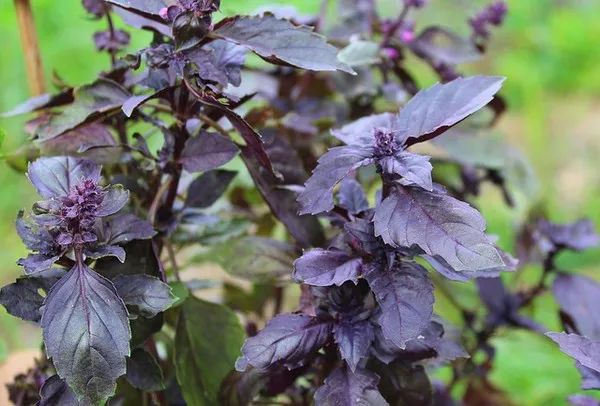Hydroponics, a soilless method of growing plants, has gained significant popularity in recent years due to its efficient use of resources, faster growth rates, and ability to yield higher-quality crops. This innovative approach to plant cultivation utilizes nutrient-rich water solutions to nourish plants, making it an ideal option for both home gardeners and commercial growers. In this article, we will explore the essential steps to start hydroponic plants successfully, offering insights into the key components and techniques required for a thriving hydroponic garden.
1. Selecting the Hydroponic System
The first step in starting hydroponic plants is choosing the appropriate hydroponic system. There are several types of hydroponic systems, each with its advantages and drawbacks. Common systems include Deep Water Culture (DWC), Nutrient Film Technique (NFT), Drip System, and Wick System, among others. The choice of system will depend on factors such as space availability, budget, and the types of plants you intend to grow.
2. Choosing the Growing Medium
Unlike traditional soil-based gardening, hydroponic plants rely on growing mediums to provide physical support and a means to hold moisture around the roots. Common growing mediums include perlite, vermiculite, coconut coir, and rock wool. Each medium offers distinct advantages in terms of water retention, aeration, and pH stability. The choice of growing medium should align with the selected hydroponic system and the specific needs of the plants you intend to cultivate.
3. Creating a Nutrient Solution
One of the key advantages of hydroponics is the ability to tailor nutrient solutions precisely to the needs of your plants. Essential nutrients such as nitrogen, phosphorus, potassium, calcium, and magnesium, along with micronutrients, should be included in the solution. Pre-formulated nutrient solutions are available on the market, or you can mix your own using commercial hydroponic nutrient products. Regular monitoring of the pH and electrical conductivity (EC) of the nutrient solution is crucial to ensure optimal nutrient uptake by the plants.
4. Providing Adequate Lighting
Light is a fundamental requirement for plant growth through photosynthesis. In indoor hydroponic systems, providing sufficient and appropriate lighting is essential. LED grow lights have gained popularity due to their energy efficiency and the ability to tailor light spectra to different growth stages. The light intensity, duration, and spectrum should mimic natural sunlight to promote healthy plant development. Adjustable light fixtures allow you to adapt the lighting to various growth phases, from seedling to flowering.
5. Germination and Seedling Stage
Starting hydroponic plants begins with germinating seeds or propagating seedlings. Depending on the plant type and system chosen, you can use various methods such as seedling plugs, rock wool cubes, or net pots filled with the selected growing medium. Maintain appropriate humidity and temperature levels to encourage successful germination and early growth. As the seedlings develop, gradually introduce them to the hydroponic system by acclimating them to the nutrient solution and adjusting the lighting conditions.
6. Transplanting Seedlings
Once your seedlings have developed a strong root system and are ready for transplanting, carefully move them into the hydroponic system. Gently wash away excess growing medium from the roots, and ensure they are appropriately positioned in the system. It’s essential to provide support for the young plants if needed, ensuring they have access to both nutrient-rich water and adequate light.
7. Nutrient Solution Management
Maintaining a balanced and consistent nutrient solution is crucial for healthy plant growth in hydroponics. Regularly monitor pH and EC levels and adjust them as necessary. pH influences nutrient availability, and a range of 5.5 to 6.5 is generally suitable for most hydroponic crops. The EC indicates the concentration of dissolved nutrients and should be adjusted according to the growth stage of the plants. Flushing the system periodically with fresh water can help prevent nutrient buildup and maintain optimal nutrient ratios.
8. Monitoring and Maintenance
Continuous monitoring is essential to identify and address any issues that may arise during the hydroponic growing process. Keep an eye out for signs of nutrient deficiencies, pests, or diseases. Maintaining proper ventilation, temperature, and humidity levels within the growing environment contributes to successful cultivation. Regularly inspect the roots for health and growth, as they are a reliable indicator of plant vitality.
9. Harvesting and Beyond
The ultimate reward of successful hydroponic plant cultivation is a bountiful harvest. Harvesting times will vary based on the plant type and growth conditions. Carefully remove mature plants from the hydroponic system, being mindful not to disturb neighboring plants. After harvesting, take the time to clean and disinfect the system to prevent the buildup of pathogens.
Conclusion
Starting hydroponic plants offers an innovative and efficient approach to modern gardening. By selecting the appropriate hydroponic system, choosing the right growing medium, providing optimal lighting and nutrient solutions, and maintaining vigilant monitoring and care, you can achieve impressive yields of healthy and nutritious crops. Whether you’re a novice gardener or an experienced cultivator, embracing hydroponics opens the door to a world of possibilities for sustainable and productive plant cultivation.


